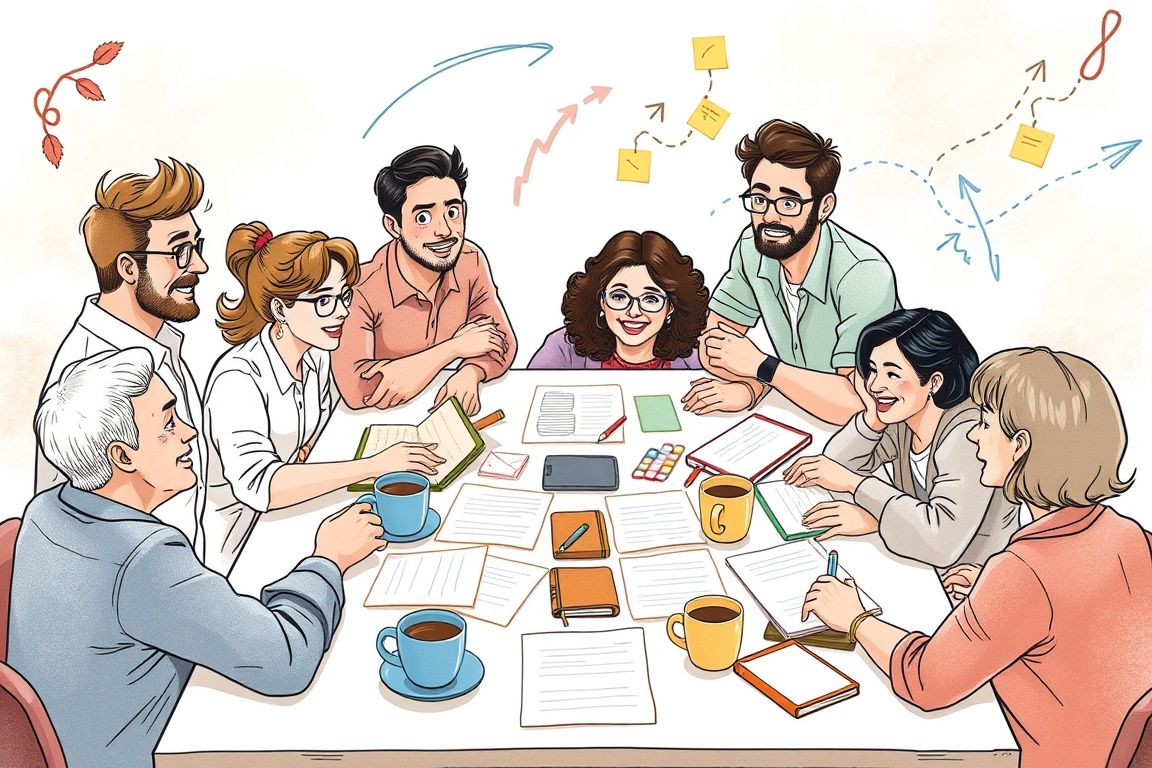Story Structure and Plot Development
Why It’s Worth It
Gain a solid foundation in storytelling principles that resonate with readers.
Learn to create conflict and depth in your narratives, making characters compelling and relatable.
Master pacing and tension techniques to maintain reader interest from start to finish.
Your Learning Roadmap
Foundations of Narrative Structure
In this module, participants will explore the building blocks of narrative structure including exposition, rising action, climax, and resolution. The course provides historical and theoretical perspectives to help learners understand how these elements work together to form compelling stories. Key Story Elements Historical Perspectives in Storytelling Narrative Theories and Models
Three-Act Structure and Plot Arcs
This module teaches learners how to craft stories using the classic three-act structure, emphasizing setup, confrontation, and resolution. Through exploring turning points and plot twists, participants will gain practical techniques to design stories that captivate audiences. Act One: The Setup Act Two: Confrontation Act Three: Resolution Plot Arcs and Turning Points
Character, Conflict, and Subplots
This module highlights the importance of well-developed characters and how their personal journeys intertwine with main and side plots. Students will explore methods to create multidimensional characters and integrate subplots that enhance the central story without detracting from its focus. Creating Compelling Characters Developing Conflict and Stakes Integrating Subplots for Depth
Pacing, Tension, and Managing Plot
This module focuses on how to keep readers engaged by manipulating the rhythm of the narrative. Participants learn to balance action-driven scenes with quieter moments, ensuring that every part of the story contributes to an overall sense of tension and momentum. Techniques for Pacing Building Suspense and Tension Utilizing Scenes and Sequences
Advanced Plot Techniques and Nonlinear Storytelling
This final module pushes beyond traditional structures to examine experimental narrative forms and advanced plot devices. Students will learn how the manipulation of time, perspective, and sequence can create powerful, unconventional stories that challenge audience expectations. Nonlinear Storytelling Structures Manipulating Time and Flashbacks Innovative Storytelling Methods
What Users Are Saying
All You Need to Know
Start Crafting Stories
Interactive chat-based learning with AI for real-time feedback.
Step-by-step modules breaking down complex storytelling concepts.
Flexible learning schedule allows you to progress at your own pace.
Engagement through examples and practical applications.
Focus on current trends in narrative techniques and structures.
Access to valuable insights from historical and contemporary storytelling.

